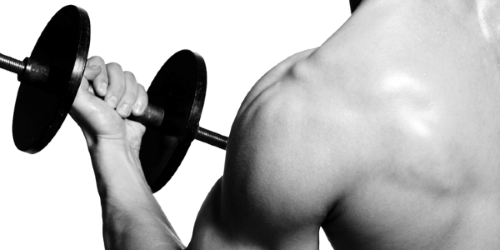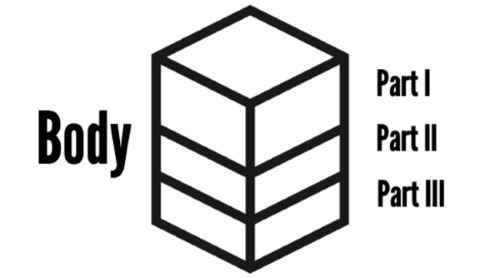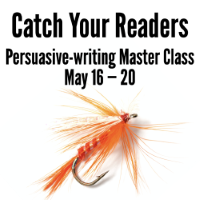Build a better body for your content
My favorite scene in the movie “High Fidelity” is when Rob Gordon (John Cusack) becomes so depressed over his failed love life that he seeks solace in reorganizing his albums.

His nerdy pal Dick (Todd Louiso) is curious about the project. “Are you going to file them alphabetically?” Dick asks.
Nope, Rob answers.
“Chronologically?” Dick presses.
Nope, Rob replies.
“Not …” Dick gasps.
“Yep,” Rob says. “Autobiographically.”
Then he’ll have to remember, say, whom he was dating when he first heard Fleetwood Mac’s “Rumours” to find the album.
When it comes to music, the right organizing structure can help you navigate your collection more efficiently.
The same thing’s true with organizing the body of your story: The more appropriate the structural concept, the easier it is for your readers to make their way through your message.
Five ways to whip your body into shape
People don’t drive alphabetically, points out Richard Saul Wurman, founder of TED conferences. Why, then, are atlases organized that way?

The best organizing principle for your piece depends on your topic. In designing the shape of your copy, as in designing so many things, form should follow function.
To avoid the muddle in the middle, figure out how your readers would really use your information. Then choose the best organizing principle to whip your body into shape.
Wurman uses the acronym LATCH to demonstrate how to organize information. “There are only five ways to do it,” he says. They are:
- Location. Move geographically — city to city, state to state, or country to country, for instance.
- Alphabet. Organize from A to Z.
- Theme. Tackle your topic categorically.
- Chronology. Progress from beginning to middle to end.
- Hierarchy. Structure from most important to least.
And note: “Autobiographically” is not on the list.
What structure draws more readers?
Writers say, “We use the inverted pyramid because readers stop reading after the first paragraph.” But in new research, readers say, “We stop reading after the first paragraph because you use the inverted pyramid.”
If the traditional news structure doesn’t work, how should we organize our messages?
Master a structure that’s been proven in the lab to outperform the traditional news format at Catch Your Readers, our persuasive-writing workshop, starting on May 16.
There, you’ll learn an organizing scheme that grabs readers’ attention, keeps it for the long haul and leaves a lasting impression.
Save up to $100 with our group discounts.
